1. Why preparation is essential for the bikini line and underarms
The bikini line and underarms are sensitive areas: the skin there is thin, often prone to irritation, ingrown hairs, and body odor. It's also where we most often use razors, wax, deodorant, perfume… in short, anything that can weaken the skin before laser treatment.
Properly preparing these areas before a session is not a "detail". This allows you to:
-
to increase the effectiveness of the laser on the hair bulb;
-
to reduce the risk of side effects (severe redness, burns, spots);
-
to make the session more comfortable .
Dermatologists emphasize three main points before a laser treatment: protecting the skin from the sun , adapting hair removal (shaving rather than waxing) and reporting any current medications or skin problems .
At SSSKIN, all these questions are addressed during the consultation and before each laser hair removal session, in order to personalize the settings according to your skin, your hair and your habits.
2. The weeks before: sun exposure, hair removal, and medication

2.1. Sun and tanning
Sun exposure is one of the most important factors to consider before laser treatment, especially on the bikini line and underarms, which are sometimes exposed at the beach, on vacation, or during sports.
The American Academy of Dermatology recommends avoiding tanning and self-tanners before laser hair removal, and using broad-spectrum SPF 30+ sunscreen daily on exposed areas.
In practice, to protect your skin and limit the risk of spots or burns:
-
no UV tanning booths or voluntary tanning in the weeks leading up to it;
-
no self-tanner on the areas to be treated;
-
If your armpits are exposed (tank top, swimsuit), remember to use sunscreen.
The closer the skin is to its natural color, the more optimally the laser can be adjusted, especially with the diode technology used at SSSKIN.
2.2. Waxing, epilators, tweezers: stop before
The laser requires a hair bulb present in the follicle to work. Methods that pull the hair out at the root (waxing, electric epilator, tweezers, threading) remove precisely this target.
Dermatological clinics and centers recommend stopping waxing and epilators several weeks before the first session , and limiting oneself to shaving for the bikini line and underarms.
If you continue to wax until the day before, laser hair removal will be much less effective, or even useless on some hairs.
2.3. Medications and photosensitivity
Some medications make the skin more sensitive to light . This is the case with:
-
several antibiotics (tetracyclines such as doxycycline, certain fluoroquinolones);
-
isotretinoin (Roaccutane®) for acne, which severely weakens the skin;
-
certain retinoids and topical treatments that increase sensitivity.
Laser companies and many clinics generally recommend:
-
to wait at least 6 months after the end of isotretinoin treatment before starting laser treatment;
-
to report any antibiotics, hormonal treatments, supplements or medications currently being taken.
Before booking a session, it is essential to carefully complete the medical questionnaire and discuss it with the SSSKIN team. If there is any doubt, the treatment can be postponed or adjusted.
3. The day before and the day of: shaving, hygiene, and products to avoid
3.1. When and how to shave?
For the bikini line and underarms, international recommendations are very clear: the area must be shaved 24 to 48 hours before the session .
Shaving the day before allows you to:
-
leaving a light film of hair under the skin , which the laser will target;
-
to limit the risk of razor irritation on the big day;
-
to prevent excessively long hairs from burning on the surface.
A dermatological source summarizes this as follows: shaving removes the surface hair but leaves the follicle intact, which optimizes the effectiveness of the laser and reduces the risk of burns.
In practice:
-
use a clean, sharp razor;
-
shave in the direction of hair growth, without pressing down;
-
Rinse with lukewarm water and dry gently.
3.2. Shower and hygiene on the day of the session
On the day of your appointment, it is recommended to shower with a gentle cleanser and thoroughly rinse the bikini and underarm areas. Dermatologists advise against applying any products to the treatment area after showering: no oils, creams, perfume, or deodorant.
This allows the laser to act directly on the skin and hair, without a “barrier” that could cause a reaction or reduce effectiveness.
For the armpits:
-
no deodorant or antiperspirant on the day of the procedure, as aluminum salts and certain perfumes can cause heat or irritation under the laser beam.
Regarding the jersey:
-
avoid perfumed creams, oils, intimate oils or talcum powder just before the session;
-
Opt for cotton underwear and loose-fitting clothing for the return home.
3.3. Swimsuits, rules and modesty
For the bikini wax, the session takes place in a medical or paramedical setting, with a sheet or towel, respecting your privacy. You can keep on suitable underwear for a classic bikini wax, or partially remove it depending on the type of bikini you want (high-cut, full, etc.).
During menstruation, some clinics accept tampon treatment, while others prefer to reschedule for comfort and hygiene reasons. The easiest thing to do is discuss it beforehand so you feel comfortable on the day.
4. Sensitive skin, dark phototypes and safety
The bikini line and underarms are areas prone to blemishes: redness, hyperpigmentation, ingrown hairs. For darker skin tones, the risk of stains or burns is slightly higher if the technology is not suitable.
Specialized clinics remind us that laser safety depends heavily on the type of machine, the chosen wavelength, and the settings . On dark or olive skin, using an unsuitable device or overly aggressive settings increases the risk of burns and pigmentation problems.
At SSSKIN, diode laser hair removal technology allows for adjusting the wavelength, energy, and pulse duration according to:
-
your phototype (fair, matte, dark skin);
-
the thickness and density of the hair;
-
the treated area (bikini line, armpits, other areas).
If you have very sensitive skin, a history of blemishes, eczema, or hypertrophic scars, this should always be mentioned during your appointment. The team can then adapt the treatment protocol, perform a patch test , and, if necessary, proceed more gradually.
5. In what cases should the session be postponed or adapted?

Certain situations justify postponing or adapting laser hair removal for the bikini line/underarms:
-
Recent sunburn or very tanned skin in the area;
-
Taking photosensitizing medications (certain antibiotics, isotretinoin, retinoids, etc.);
-
Irritation, razor cut, infection, fungal infection or suspicious pimple on the area;
-
Pregnancy or breastfeeding, according to the clinic's policy and medical advice;
-
history of severe reactions to laser or other skin treatments.
In all these cases, you shouldn't "hide" the information for fear of losing an appointment. It's better to talk about it beforehand: sometimes, simply postponing it for a few weeks is enough to return in good conditions, safely.
For more general information on the safety and possible side effects of laser hair removal, you can consult the Mayo Clinic 's information sheet on laser hair removal (in English).
6. FAQ – Bikini and underarm preparation before laser treatment
Do I absolutely have to shave my bikini line and armpits before the session?
Yes. Shaving 24 to 48 hours before the session is recommended by most dermatologists and clinics. This leaves the hair follicle in place, allowing the laser to target it, while preventing visible hairs from burning the skin's surface.
Can I wear deodorant on the day of my underarm laser hair removal?
No. On the day of your appointment, it's best to come with clean underarms, free of deodorant, perfume, cream, or oil. Experts recommend washing the area and then applying nothing before the treatment to reduce the risk of reactions and allow the laser beam to act directly on the skin.
How long before should I stop waxing or using an epilator?
Ideally, these methods should be stopped several weeks before starting the sessions, and not resumed between sessions. Shaving is the only compatible method, as it does not remove the hair follicle that the laser is designed to target.
What should I do if I am taking an antibiotic or acne treatment?
Certain antibiotics and medications, such as isotretinoin, make the skin more sensitive to light and can increase the risk of adverse effects. It is therefore essential to discuss this with the team before any laser session. In some cases, it will be necessary to wait a few weeks, or even several months, after the end of treatment before resuming the protocol.










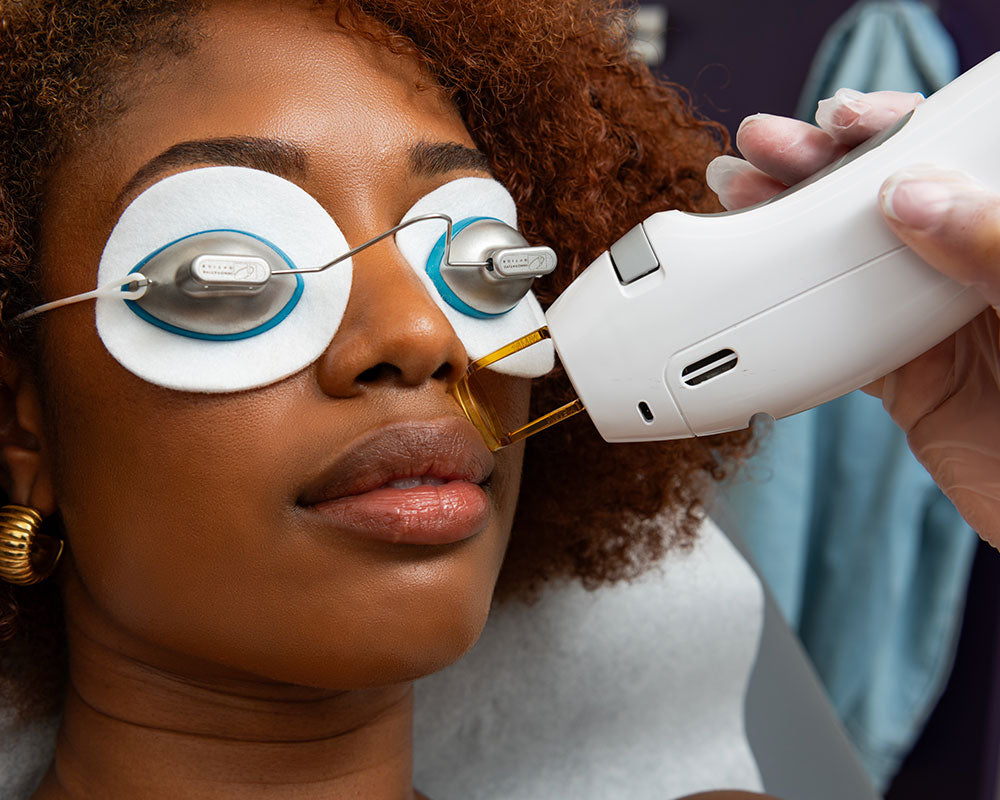
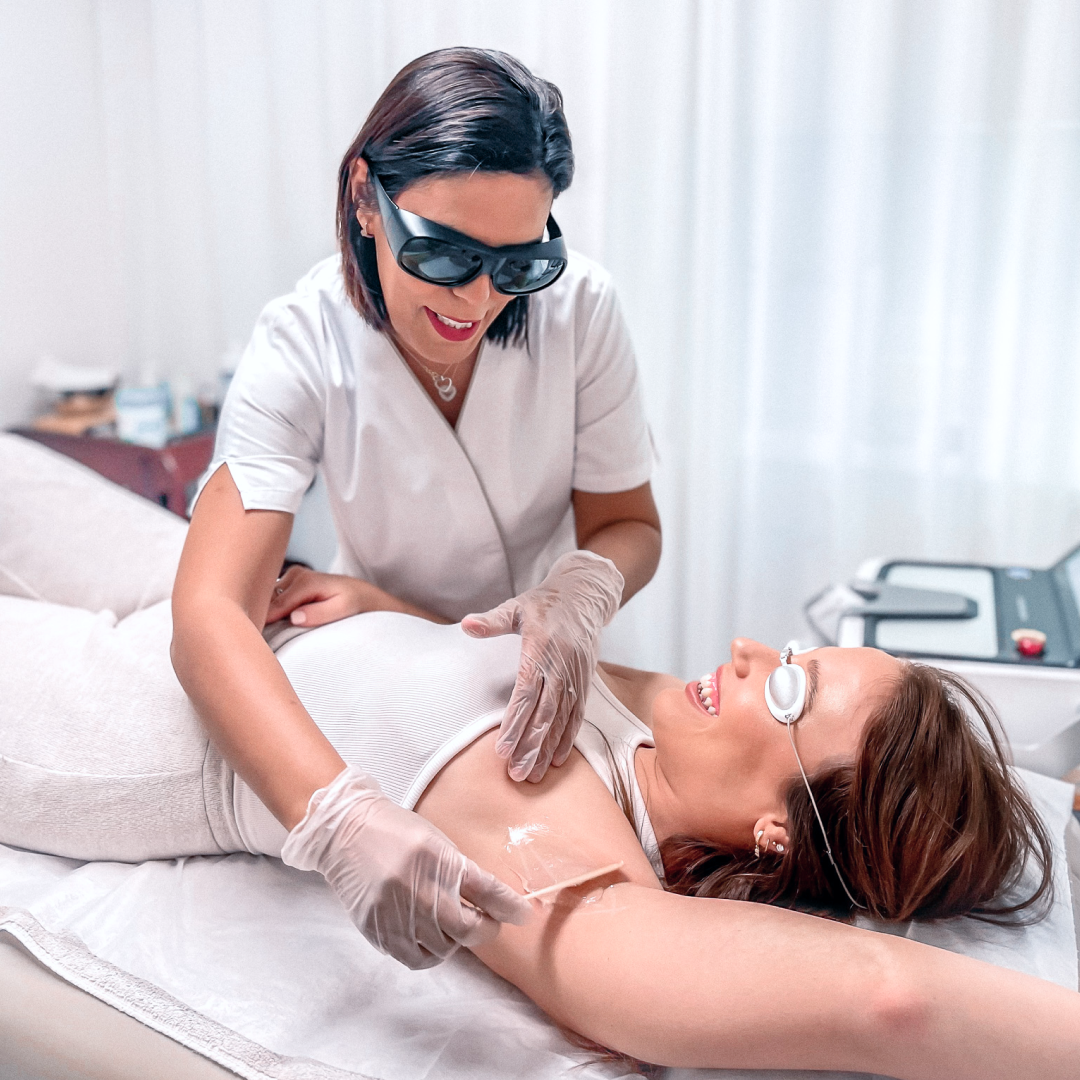
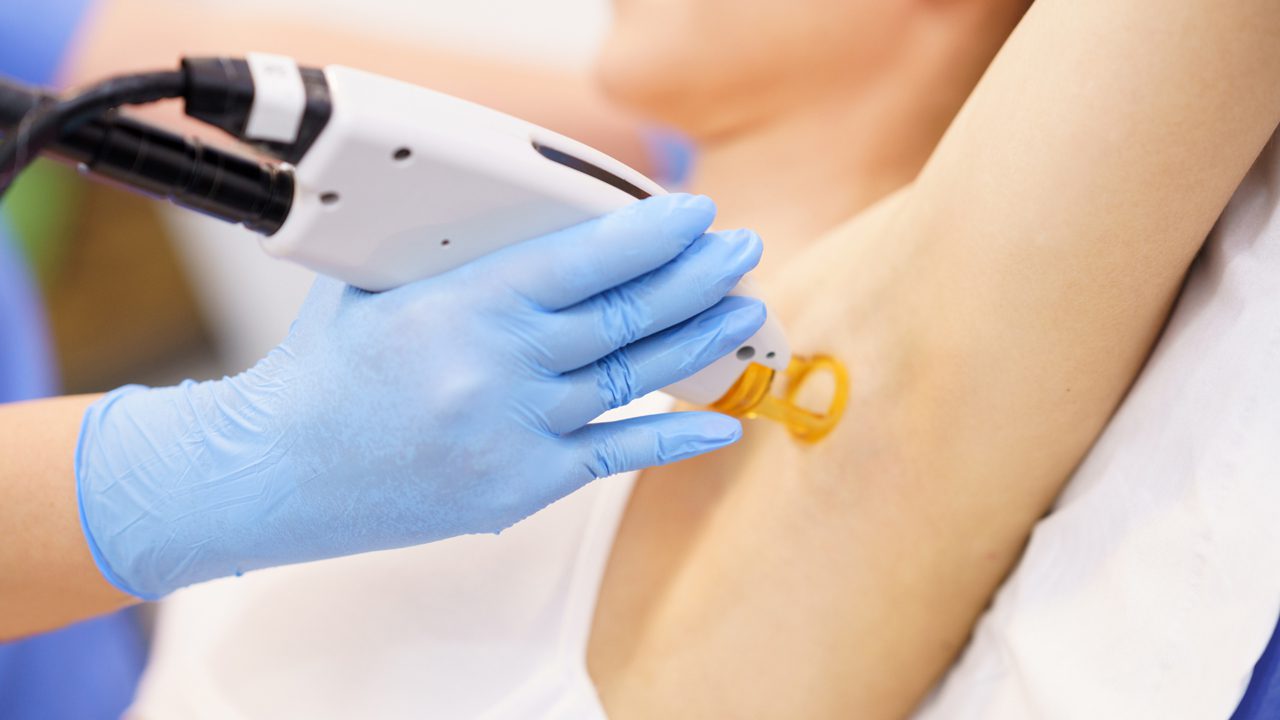
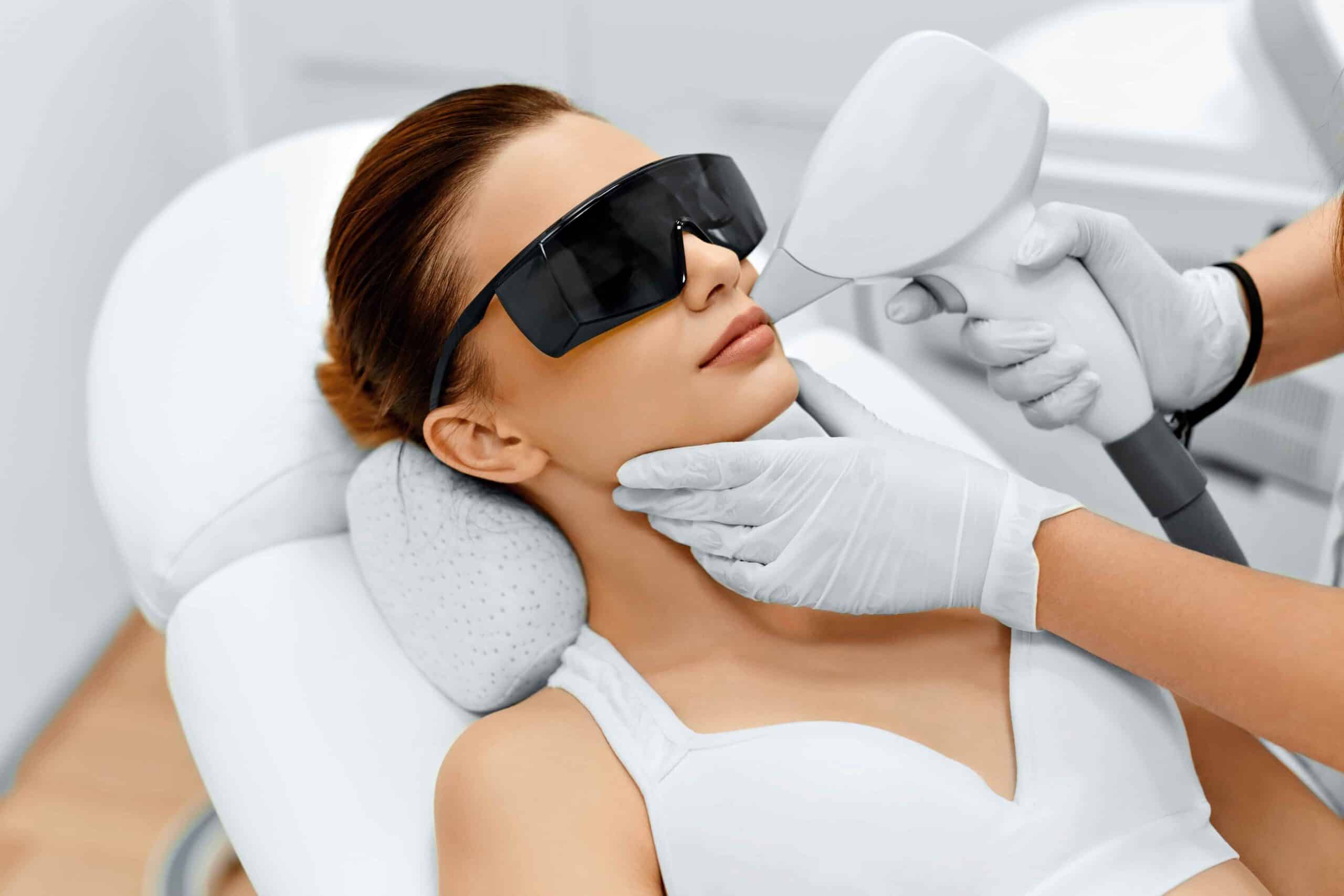
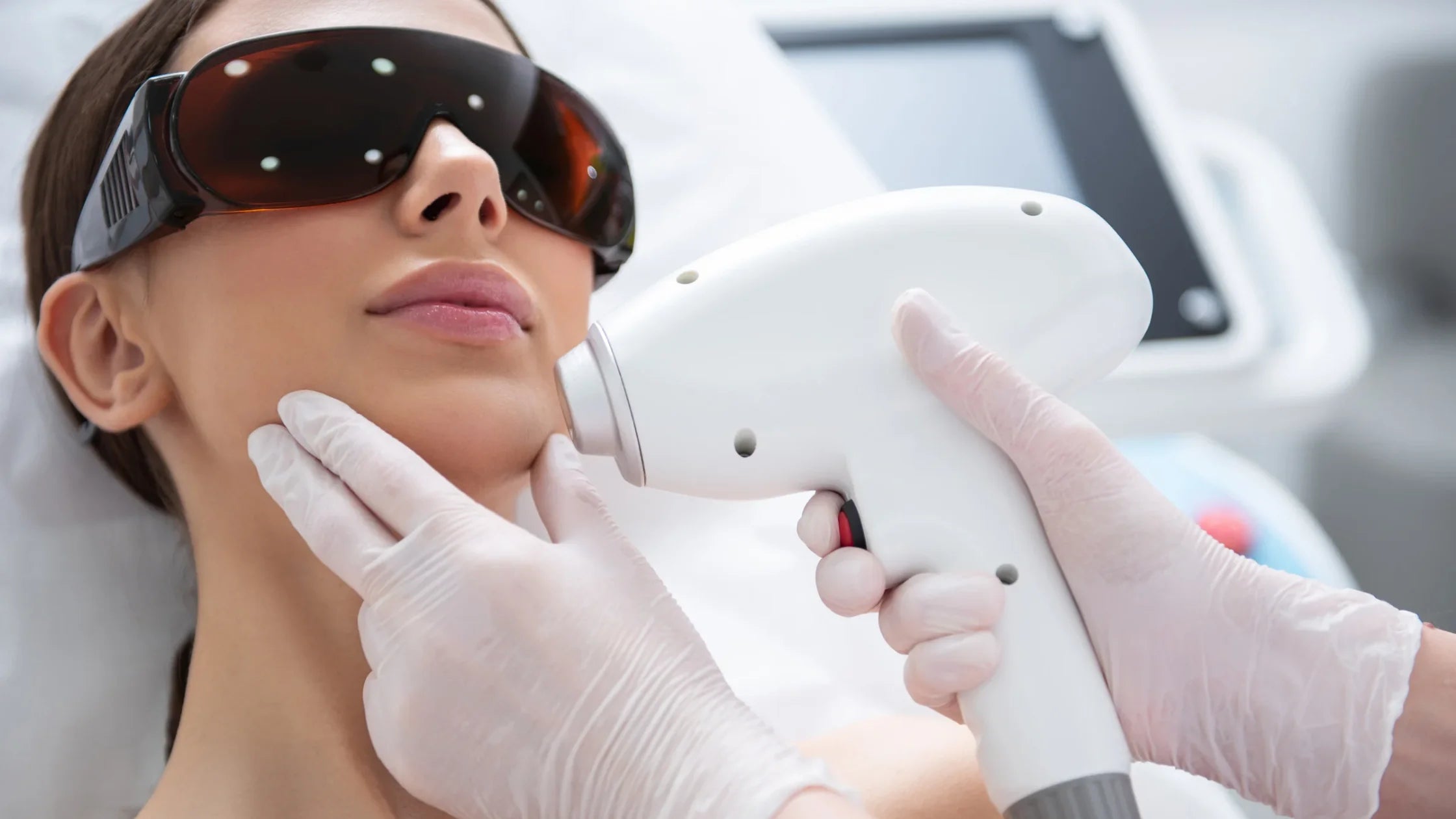
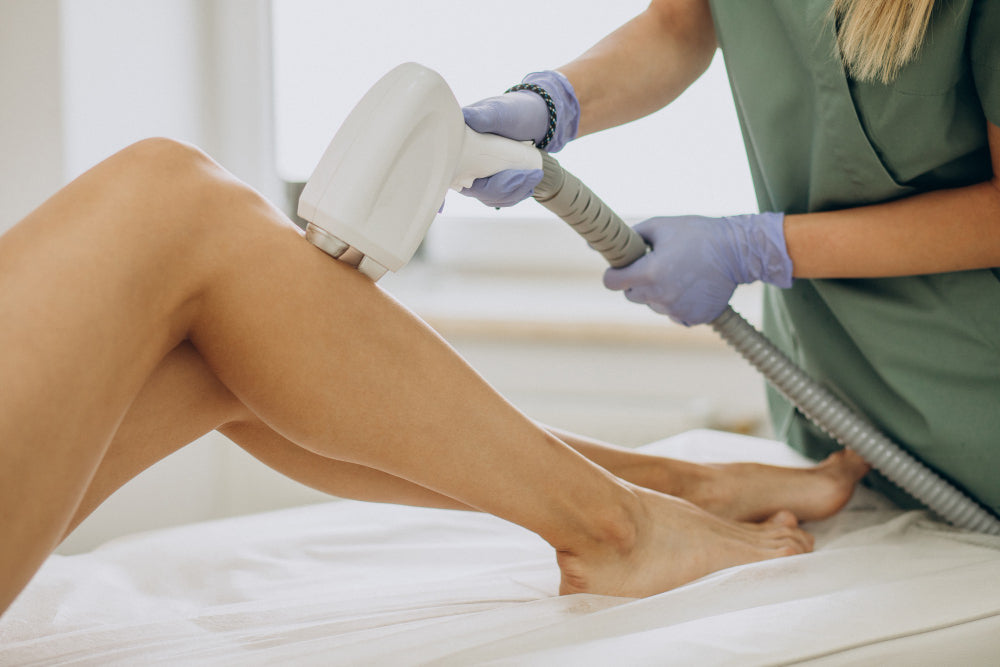

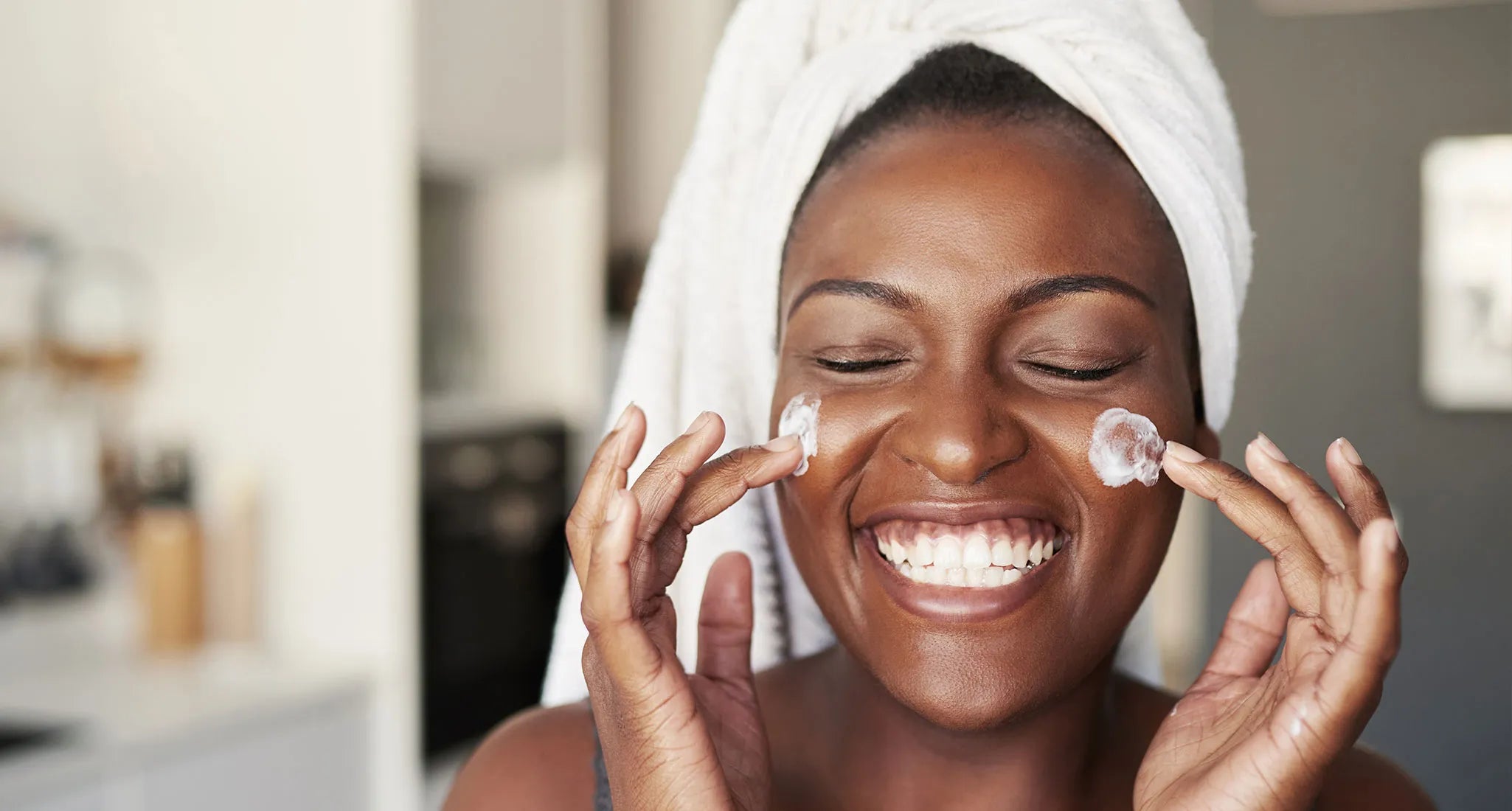
Share: